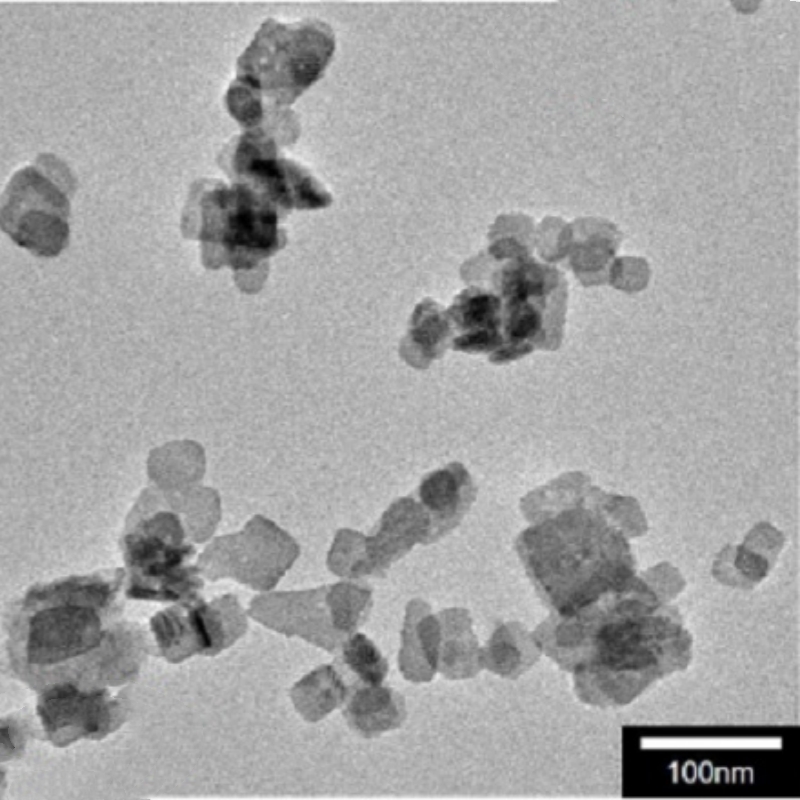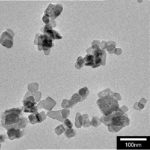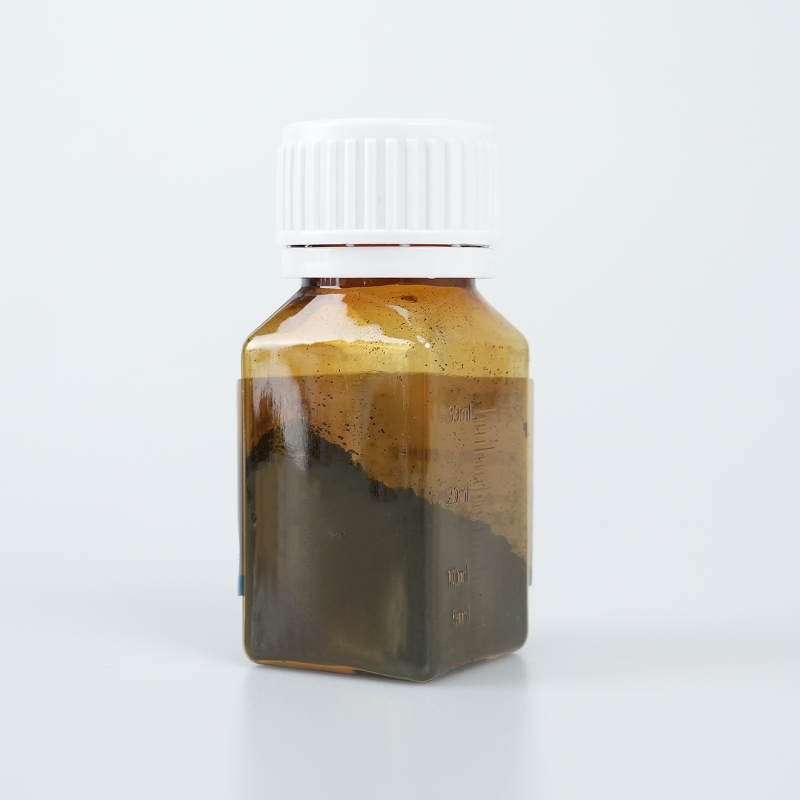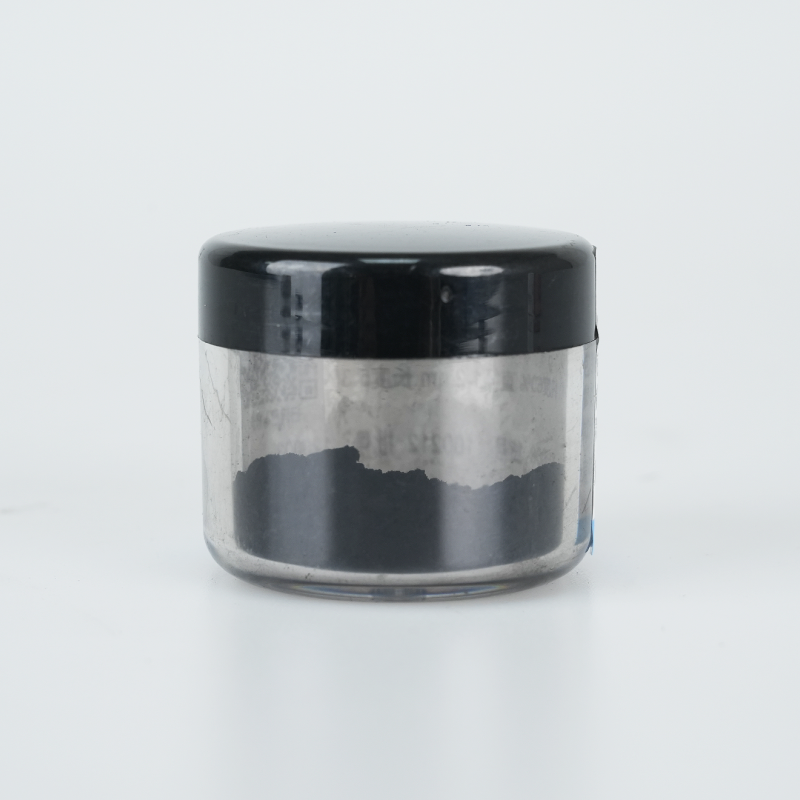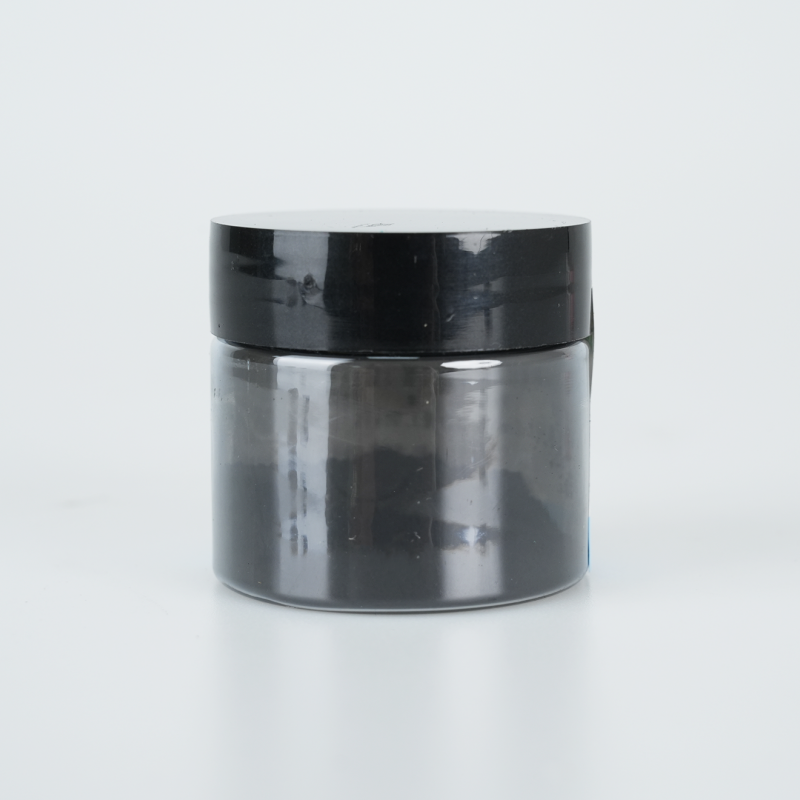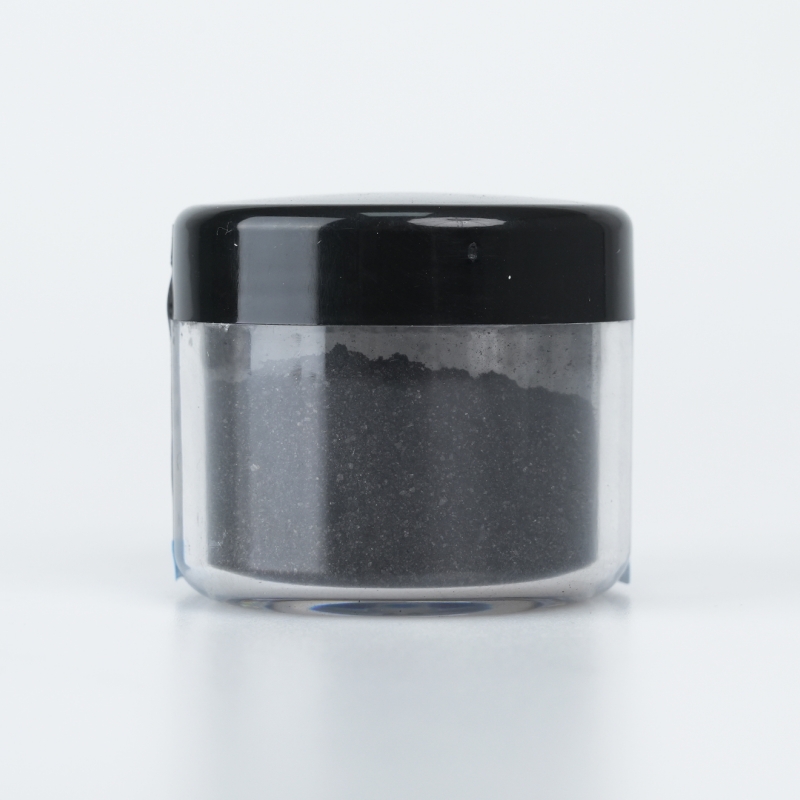Bismuth oxychloride (BiOCl) nanoplates provide optimized photocatalytic activity, superior oxidation resistance, and enhanced structural stability. Designed for environmental remediation and advanced optical applications, they ensure efficient pollutant degradation, extended durability, and high adaptability.
Product Overview
Bismuth Oxychloride Nanoplates (BiOCl) are an important 2D material characterized by a unique layered structure. The structure consists of alternating [Bi2O2]²⁺ layers and Cl layers connected by van der Waals forces. This layered structure grants BiOCl nanoplates unique advantages in photocatalysis, even surpassing traditional photocatalysts like anatase TiO₂ in certain applications. While BiOCl has a relatively wide bandgap, limiting its absorption of visible light, structural modifications and composite doping can effectively enhance its response to visible light and photocatalytic efficiency.
Key Features
- Unique Nanosheet Structure: Large specific surface area, enhancing photocatalytic and adsorption capacities.
- Excellent Photocatalytic Performance: Despite its wide bandgap, BiOCl nanoplates exhibit excellent photocatalytic activity under UV light, with the potential to improve visible light responsiveness through structural tuning.
- Stable Physical and Chemical Properties: Stable under various environmental conditions, making it suitable for a wide range of applications.
- Size and Morphology Tunable: The thickness and size of the nanoplates can be adjusted through different preparation methods.
Applications
- Environmental Remediation: Used in photocatalytic degradation of organic pollutants (such as dyes, pesticides), as well as for air and water purification.
- Energy Conversion: Promising in water splitting for hydrogen production and photocatalytic CO₂ reduction for energy conversion applications.
- Antibacterial and Disinfection: Uses photocatalytically generated reactive oxygen species (e.g., hydroxyl radicals, superoxide anions) for bacterial and viral inactivation, showing excellent antibacterial and disinfectant properties.
- Optoelectronic Devices: Applicable in optoelectronic devices such as photodetectors and solar cells, taking advantage of its unique light-responsive characteristics.
| Parameter | Description |
| Lateral size | 50~120 nm |
| Thickness | 8~12 nm |
| Appearance | White powder |
Submit Your RequirementsWe will contact you within 24 hours.
 WOBO Scientific Research New Materials One-Stop Service Platform
WOBO Scientific Research New Materials One-Stop Service Platform


